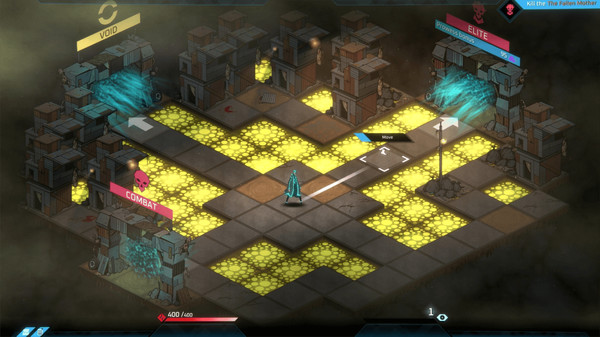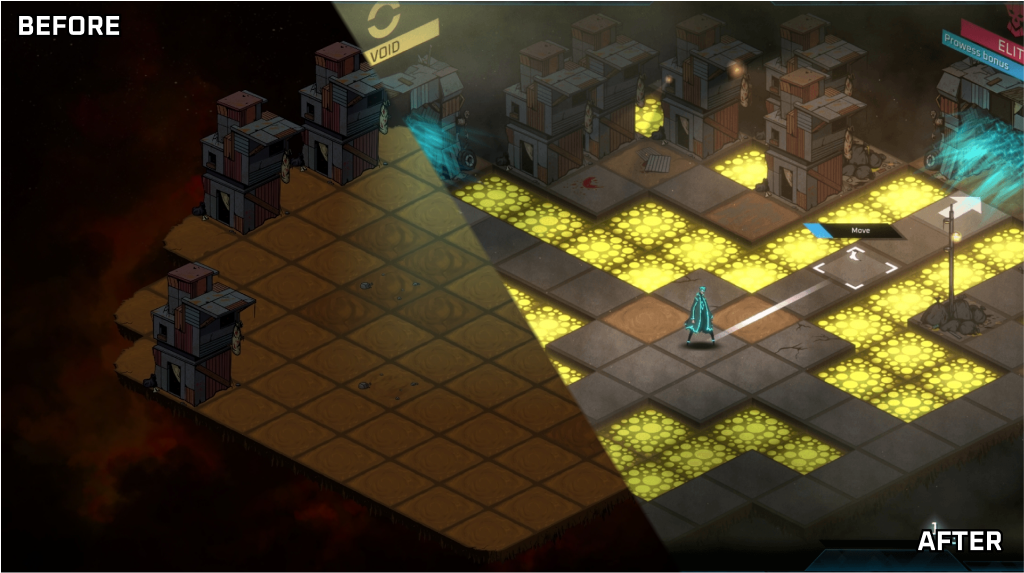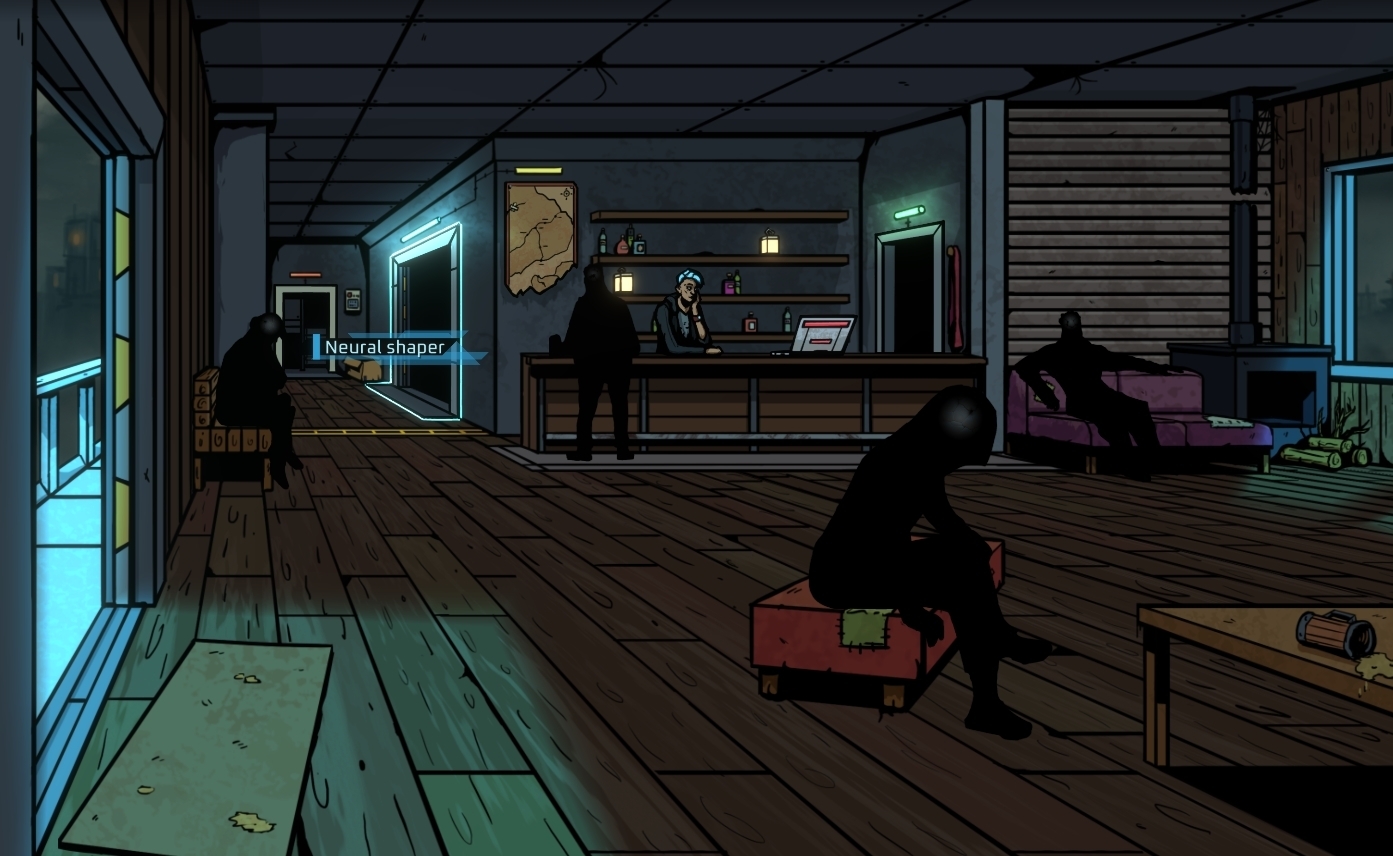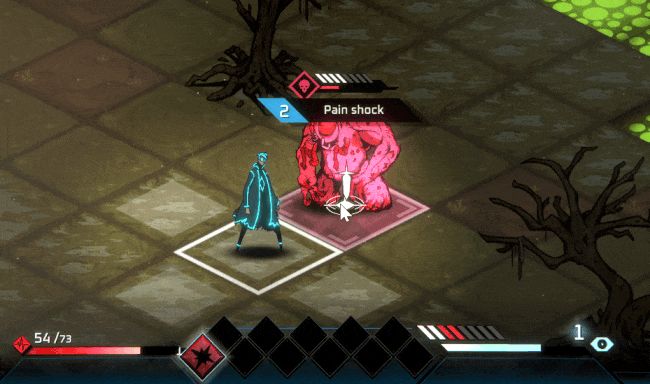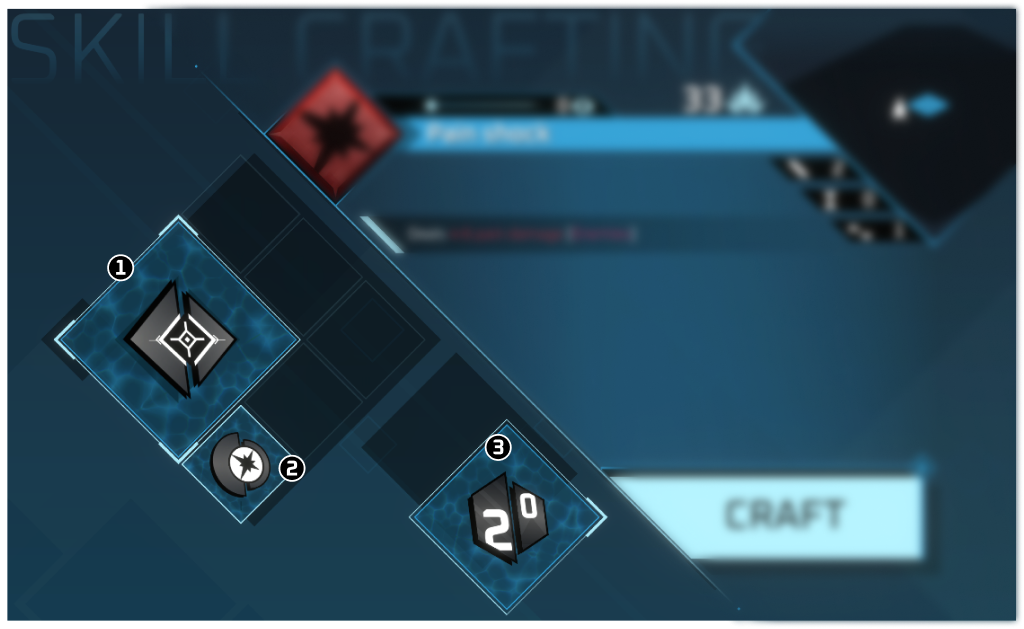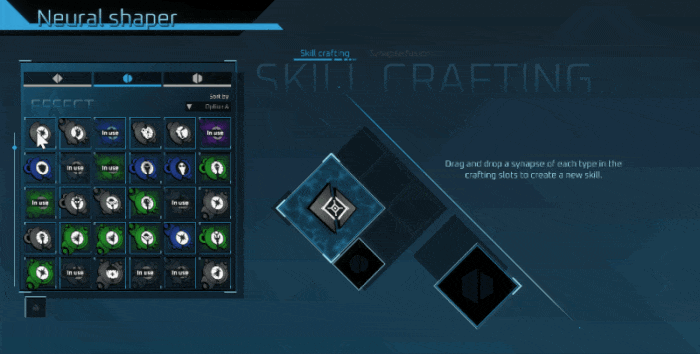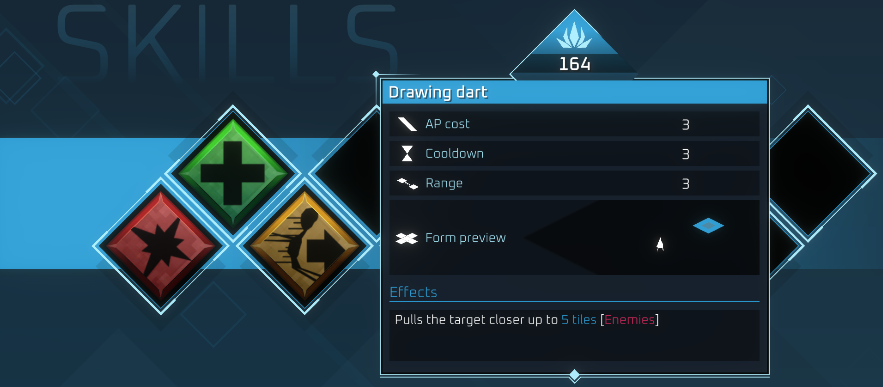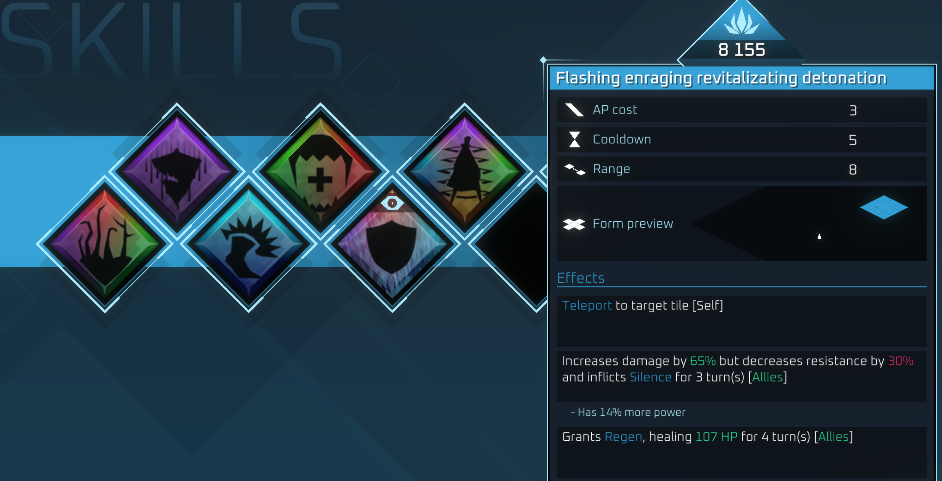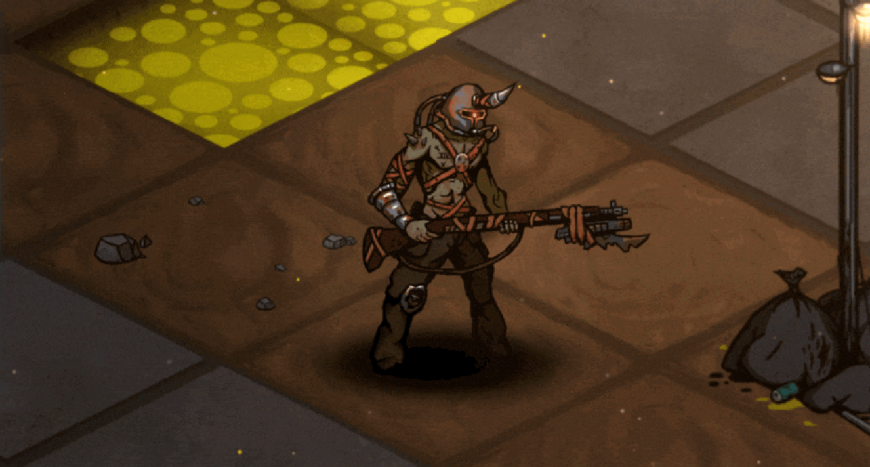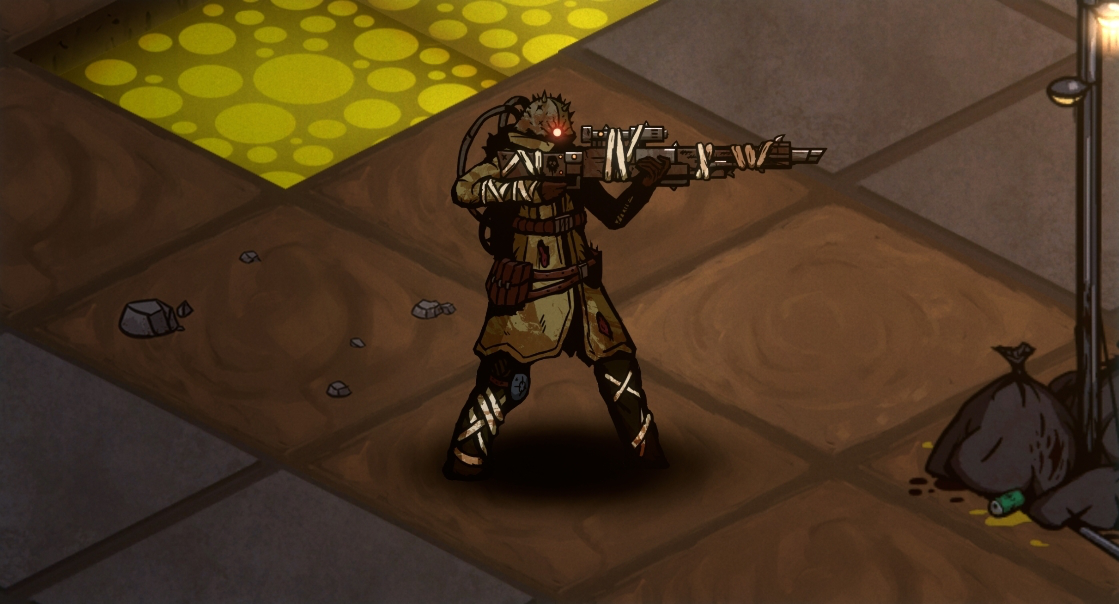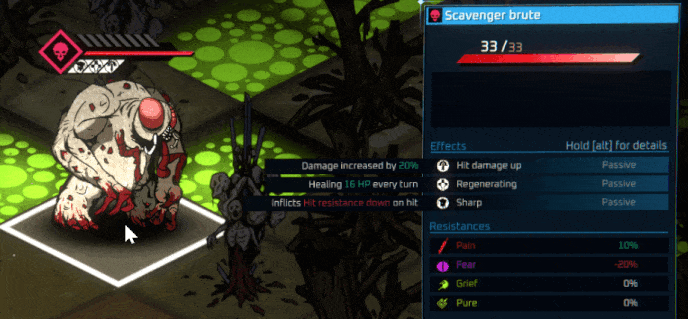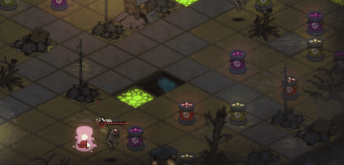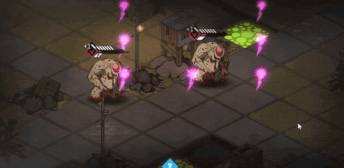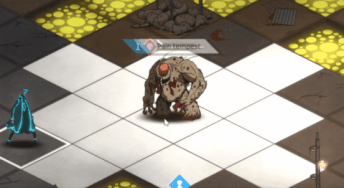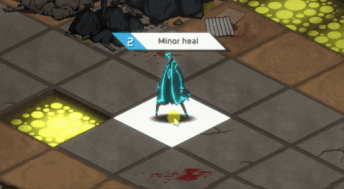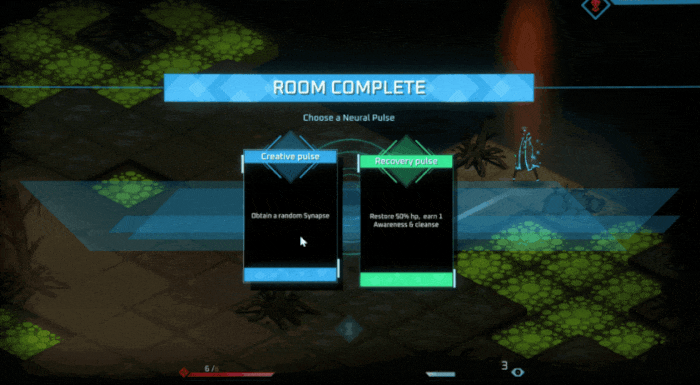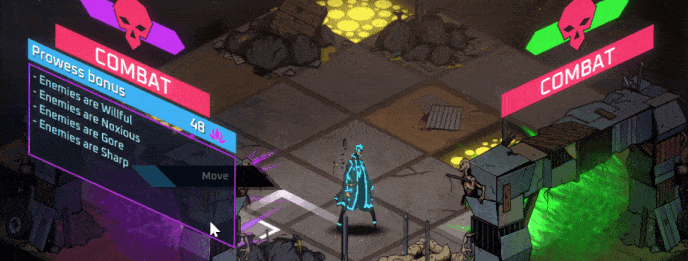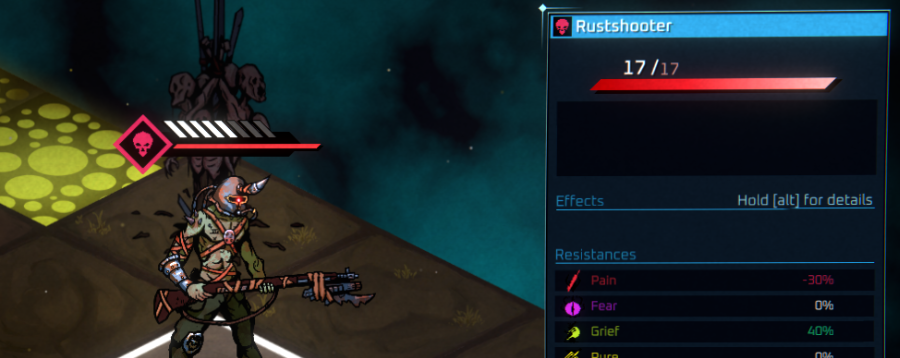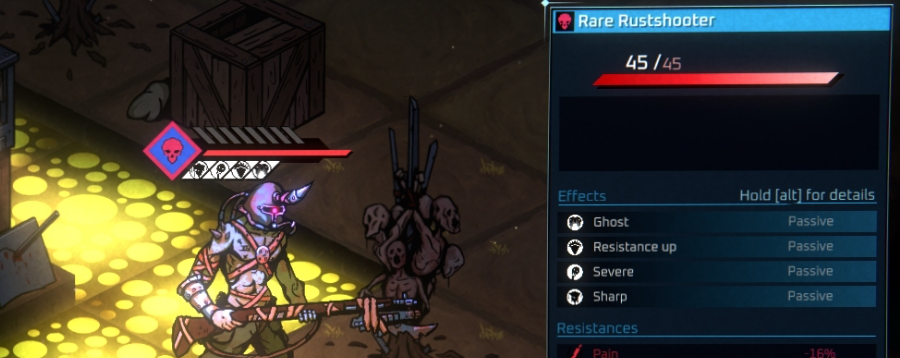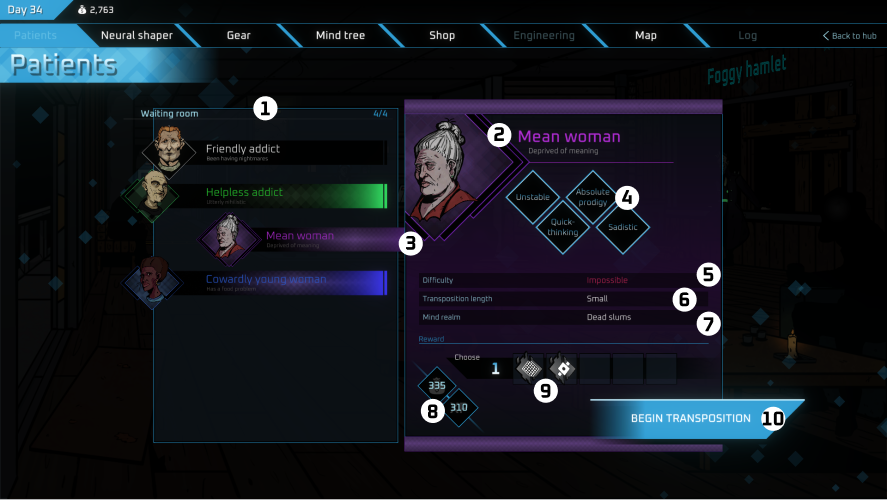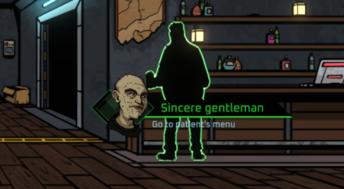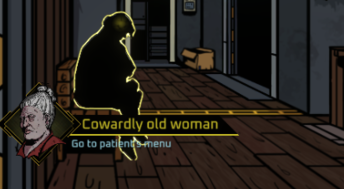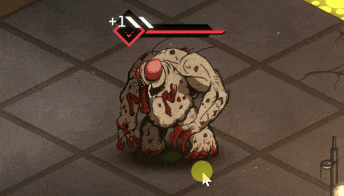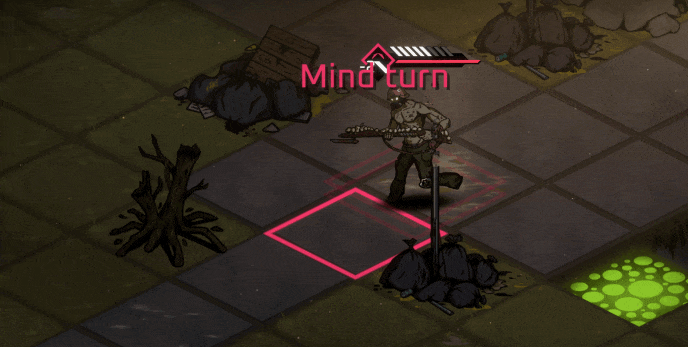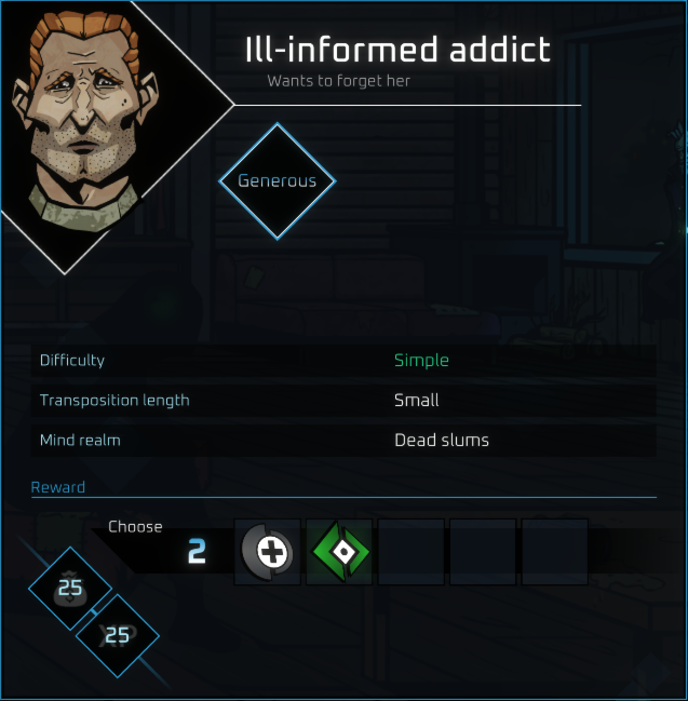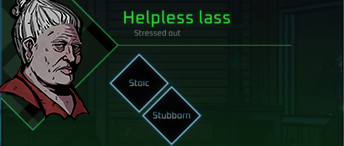Hi! How are you doing today?
We’ve mentioned skill crafting a lot in our communication so far, and it really is one of the key features in Wantless, so we thought it would be a great topic for a 1st deep dive. Right before that, a brief development update so you can learn about what we’ve been doing:
Our small 2-men team has been hard at work upgrading the game’s look & feel to make it presentable for Steam and social network. A lot of content is already functional in Wantless, namely procedural patient and mind map generation, turn-based combat, skill crafting, travelling, shopping, even the talent tree to a large extent, but a lot of it still has that prototype look. Communication milestones are a good time for such updates.
We’ve also dealt with a lot of actual communication and admin groundwork, organizing Drop Rate Studio’s paperwork and accounting, and of course, creating the Steam page.
People now have a place they can go to learn more about Wantless, and that’s paramount!
We hope to get back to full speed development from next week on, and our next steps are to keep working on gamefeel, environment and enemy variety, animation and the introduction of VFX, so core gameplay can be showcased more extensively.
With that out of the way,
let's get Neural Shaping!
Neural Shaping is a skill crafting system, its output is a brand new skill you can use.
Ok but, what’s a skill?
A skill is an action you can take during turn-based combat, other than basic movement. It applies its effects on targets caught in its area of effect, at the cost of some resources.
To help us walk through this together, let's introduce a simple test-subject skill we can play around with: Pain shock. But we might as well call it Bob to track it through its metamorphosis.
This is the simplest a skill can get. Here’s what you’re looking at from the bottom up:
- Its effects. What the skill does, and who it does it to. Bob currently has a single effect: dealing some pain-type damage; and it only affects enemies (you're not hitting yourself with this).
- Its form preview. That’s the skill’s shape, its area of effect. In this case there’s a single tile highlighted, and it's right next to the character, so we’re looking at a melee range skill that only affects a single tile.
- Its range. You can see it in the form preview section, but it’s not that easy to visualize for longer range skills (distinguishing between 7 and 8 tiles at a glance requires more visual acuity than I’m capable of, I can say that much). This skill has a range of 1, meaning it can hit up to 1 tile away from the caster, that’s melee range. A range of zero means it can only be targeted on the caster, and anything higher than 1 is considered ranged.
- Its cooldown. You’re used to this one, it’s the number of turns a skill remains unavailable for after being used. Bob currently has no cooldown.
- Its cost in Action Points (AP). Action Points are your main resource, and you can spend up to 8 each turn (they’re restored at the beginning of each turn). This one costs 2, which is pretty low as it lets you use it up to 4 times in a single turn.
- Its name is procedurally generated according to its shape and effects, although you can customize it at will.
- Its iconis also generated and is composed of 2 parts:
- The frame is generated according to the types of effects you skill has. Red stands for damaging effects, and there are colors for support, buffs, debuffs/afflictions and utility.
- The icon on the frame is customizable, and you can pick yours from a large set. These are currently placeholder.
- Its Discipline cost. Equipping a skill reserves an amount of Discipline from your limited pool. Stronger effects, longer range and larger area of effect increase the Discipline cost, while higher cooldown or action point cost reduce it. If a skill costs more Discipline than you have available, you won’t be able to equip it and bring it to a map (you'll still be able to craft it). You’ll increase your total Discipline pool through levelling and acquiring perks on the talent tree.
- Its Awareness cost. Awareness is a special, limited resource you earn by slaying enemies on a map. Unlike AP, it isn’t automatically recovered every turn, and you won’t get more than a few on each map. You can choose how much Awareness your skill costs, from 0 to 3, and each added Awareness point cost drastically reduces the Discipline cost of your skill (currently, every added Awareness point divides Discipline cost by 2, but that's subject to balancing). You’re essentially saying “This skill is beyond my current level, but I can still use it a very limited amount of times per run, as an ultimate ability”. Don’t forget that your Awareness pool is used across all skills: if you’re spending it on this skill, you won’t be spending it on another one, so choose your ultimate skills wisely. Bob costs no Awareness (it doesn’t look like much of an ultimate does it?).
You can equip crafted skills in the dedicated menu, as long as you have enough Discipline available. You can currently bring up to 10 skills in Transposition with you, but that's subject to change. We don’t want skill number to be a restriction, AP and Discipline costs should suffice.
So that’s what a skill is, and here’s our Pain shock (Bob) in action. Not very impressive, not very expensive, an overall reasonable, if unimaginative craft.
Now with skills out of the way, we can look at the components required to craft them:
Synapses.
You’ll be looting them in battle, earning them as patient rewards, or buying them from the shop. Finding the right one for your dream build could become an obsession before you realize it!
There are 3 Synapse types:
1)
Form Synapses determine your skill’s range, shape (or area of effect), and the number of effects your skill can have.
2)
Effect Synapses determine what your skill does. There are lots of different effects in Wantless, and many more we intend to implement, so that could be anything ranging from dealing instant damage, to applying health regeneration buffs, poisoning, stunning, silencing or pushing an enemy away.
3)
Efficiency Synapses determine how many Action Points it costs to use the skill, along with its cooldown.
You’ll need at least 1 of each Synapse type to craft a skill, and you could slot up to 5 Effect Synapses if your Form Synapse allows for that many.
Note that Synapses aren’t consumed on crafting, but cannot be used to compose multiple skills at the same time. You can always disassemble a skill to reuse your Synapses for something different.
The Discipline cost induced by a Synapse isn’t explicitly displayed, but you can swap them out at your leisure to see the impact on cost.
Let's look at some basic ways we could alter Bob's form and costs without changing its effects:
To help you visualize how this works in practice, here's a gif of the Neural shaper UI being operated. All you have to do is drag and drop your Synapses from the Synapse inventory to the proper slot, and hit the screaming CRAFT button when you're happy with the previewed skill.
Lastly on Synapses, and as is customary for loot and gear in RPGs, Synapses drop with a quality level, ranging from common to legendary (that's what the color code on Synapse icons means). That quality level determines the amount of modifiers, or affixes, your Synapse has. Though they're quite important to the system, we'll detail how these work in a dedicated devblog, as to keep this one reasonably concise.
Now let’s give Bob some more drastic makeovers to help it all sink in:
You can see Discipline cost goes all over the place. You get to choose if you're going to spend your pool on few powerful skills or many affordable ones. A balanced build is usually composed of at least some offense, defense, and utility.
But your late game build could be made of all sorts of crazy, unique combinations!
That’s it for this introduction to Neural Shaping. We’ll dive into more details on Synapse modifiers in an upcoming Devblog.
It's still pretty early in the development process, and we still have a lot of feedback, gamefeel and balancing work to do on this system. One of our critical next steps is to implement proper VFX for all of our effects in battle, as an example.
We hope to keep posting these Devblogs every few weeks to keep in touch, in the meantime let us know what you think in the comments, and join us on Discord to ask direct questions or give feedback about the system!
Take care of yourself, hope to see you soon!
![The Year of Incline [2014] Codex 2014](/forums/smiles/campaign_tags/campaign_incline2014.png)
